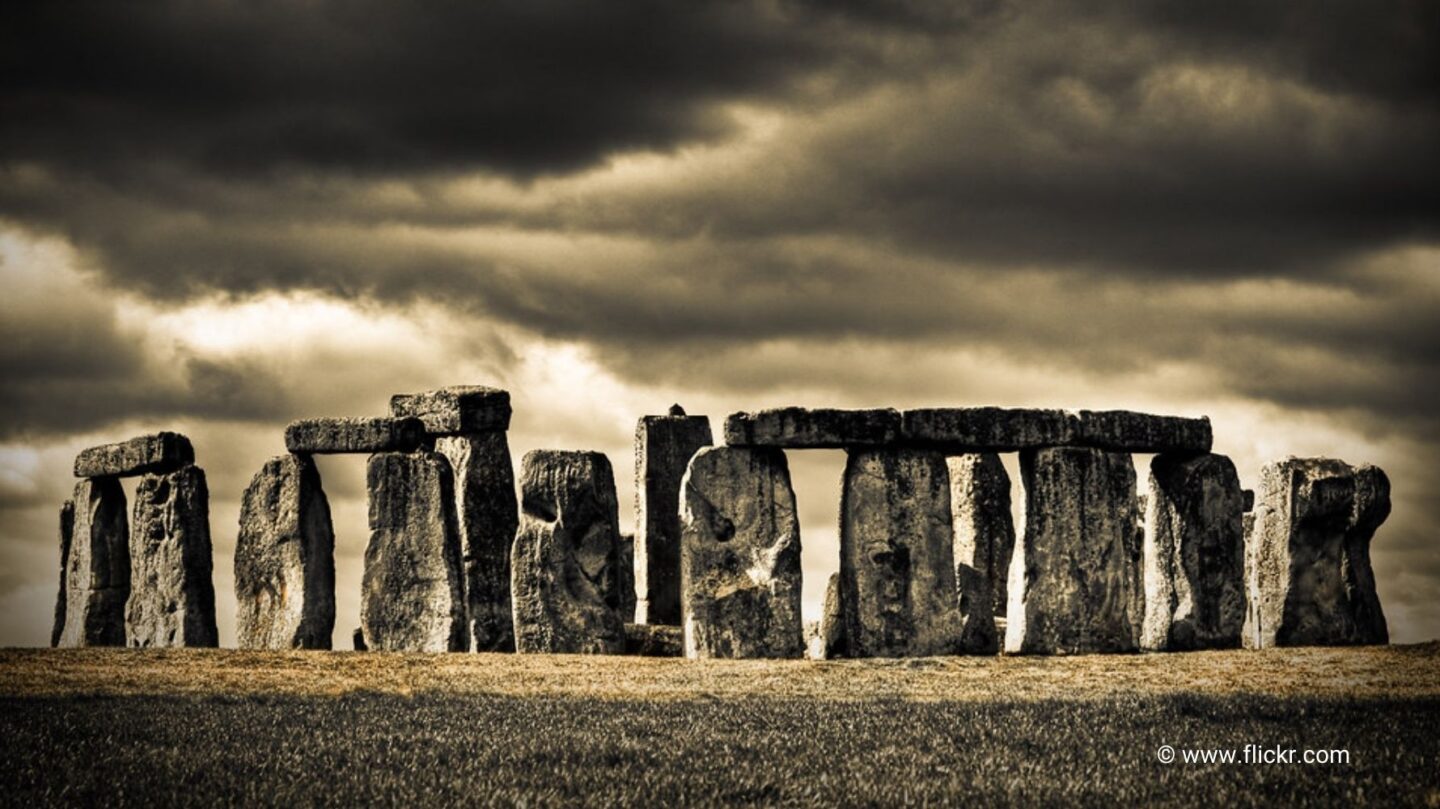A Monument Shrouded in Mystery
Stonehenge, located on Salisbury Plain in England, is one of the most iconic and enigmatic prehistoric monuments in the world. Built between 3000 BCE and 2000 BCE, this circle of massive standing stones continues to intrigue scientists, historians, and archaeologists. Despite decades of research, the purpose and construction of Stonehenge remain shrouded in mystery, sparking endless speculation.
What makes Stonehenge particularly fascinating is the precision of its design and the sheer effort required to transport and erect its stones. How and why a society with limited technology achieved such a monumental feat is a question that has puzzled experts for centuries.
The Construction: An Architectural Marvel
Stonehenge was built in several stages over a period of 1,500 years. The site originally began as a simple circular earthwork with wooden posts, but it evolved into the iconic stone structure we see today. The monument consists of two types of stones: the larger sarsen stones, which weigh up to 25 tons, and the smaller bluestones, which weigh between 2 and 5 tons.
The sarsen stones were transported from Marlborough Downs, about 20 miles away, while the bluestones were quarried from the Preseli Hills in Wales, over 150 miles from Stonehenge. The methods used to move these massive stones remain a topic of debate. Theories range from sledges and rollers to ingenious water transport systems.
The arrangement of the stones, particularly the alignment with the summer and winter solstices, suggests a deep understanding of astronomy and geometry. This alignment is so precise that many researchers believe Stonehenge served as an ancient observatory or calendar.
Theories About Stonehenge’s Purpose
Over the centuries, countless theories have been proposed about why Stonehenge was built. Some of the most compelling include:
- A Religious Site: Many believe Stonehenge was a sacred site used for rituals and ceremonies. The alignment with the solstices implies a connection to sun worship or agricultural cycles, marking key times of the year for planting and harvesting.
- An Ancient Burial Ground: Excavations have revealed numerous human remains at the site, suggesting that Stonehenge may have been a burial ground for elite members of society. The presence of cremated remains and elaborate grave goods points to its significance in funerary practices.
- A Healing Center: Some researchers theorize that Stonehenge was a place of healing, attracting pilgrims seeking cures for ailments. This idea is supported by the discovery of human remains with signs of illness or injury.
- An Astronomical Observatory: The monument’s alignment with celestial events has led many to suggest it was used to track the movements of the sun, moon, and stars. This would have allowed ancient societies to create calendars and predict astronomical phenomena.
Modern Research and Discoveries
Advances in technology have provided new insights into Stonehenge. Ground-penetrating radar and other non-invasive techniques have revealed an extensive network of nearby sites, including smaller stone circles and burial mounds, suggesting Stonehenge was part of a larger ritual landscape.
In 2020, researchers discovered evidence of a massive circular structure near Stonehenge, reinforcing the idea that the area was a significant cultural and ceremonial hub during the Neolithic period.
An Enigma That Endures
Despite these discoveries, Stonehenge’s ultimate purpose remains elusive. Its construction reflects a society with advanced knowledge of engineering, astronomy, and social organization, yet much about its creators and their intentions is still unknown.
A Timeless Wonder
Stonehenge stands as a testament to human ingenuity and curiosity. Whether it was a place of worship, a scientific tool, or something entirely different, its enduring mystery continues to captivate the world. As scientists uncover more about this ancient puzzle, Stonehenge reminds us of the creativity and ambition of our ancestors—and the mysteries that still await discovery.
